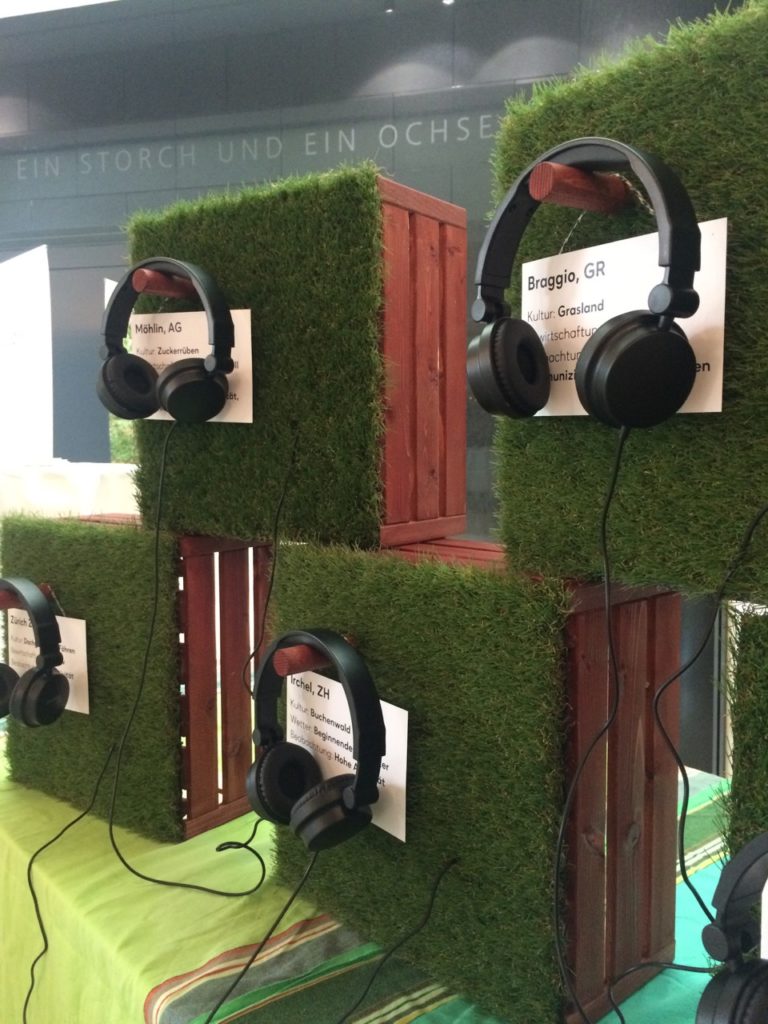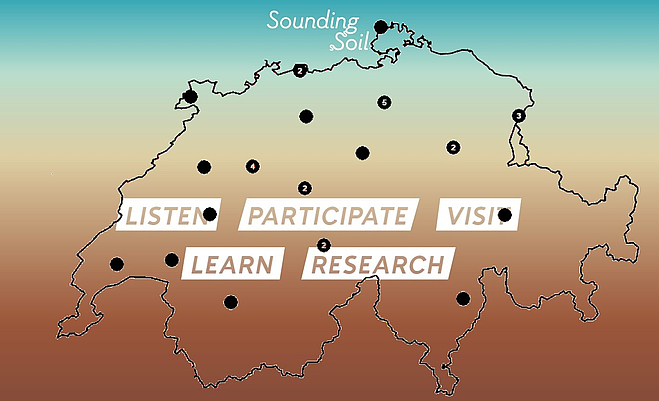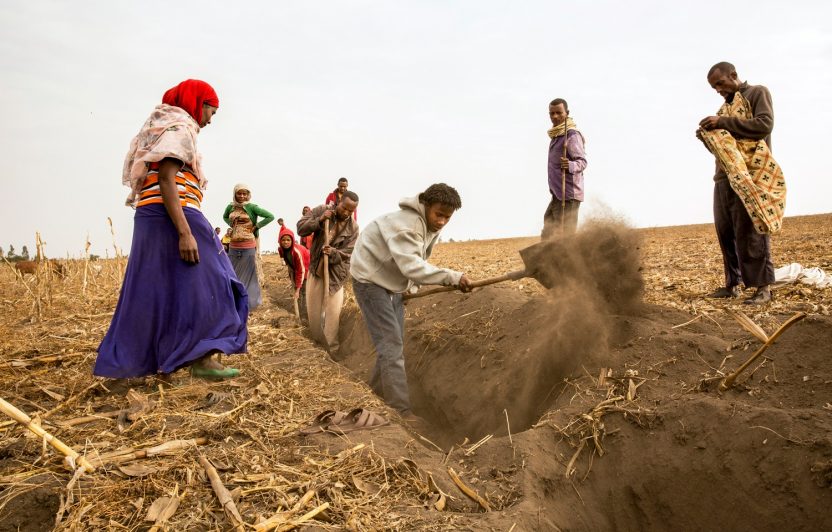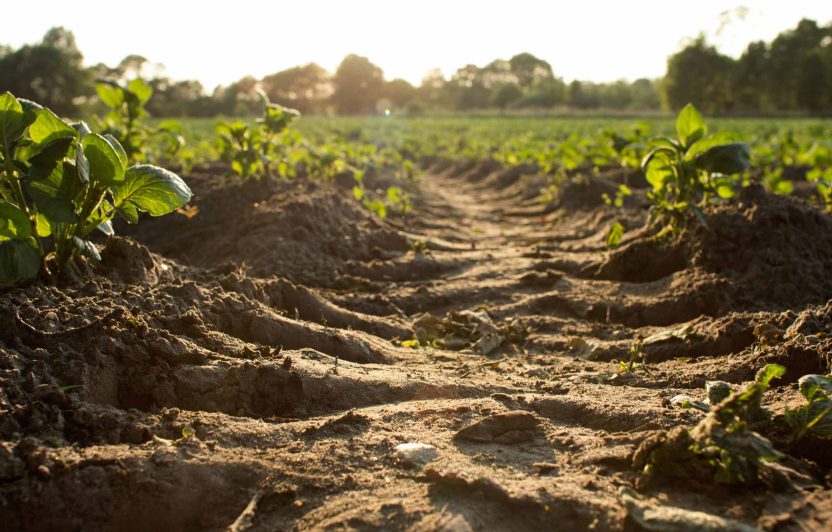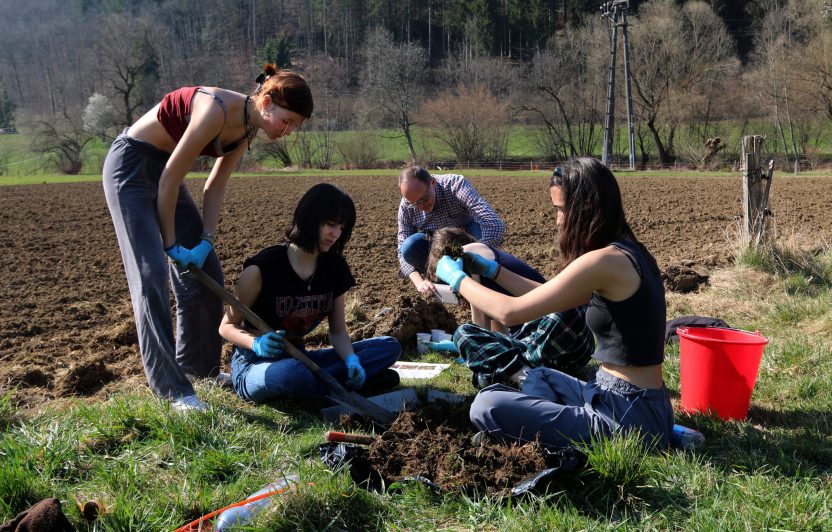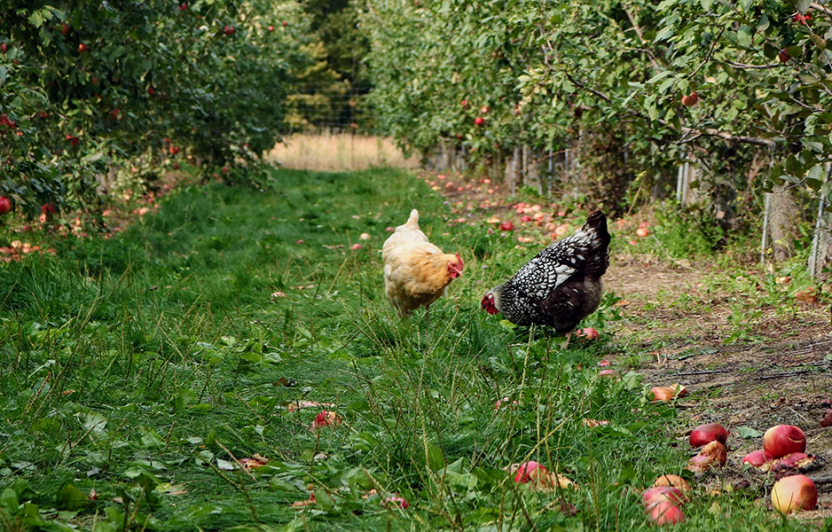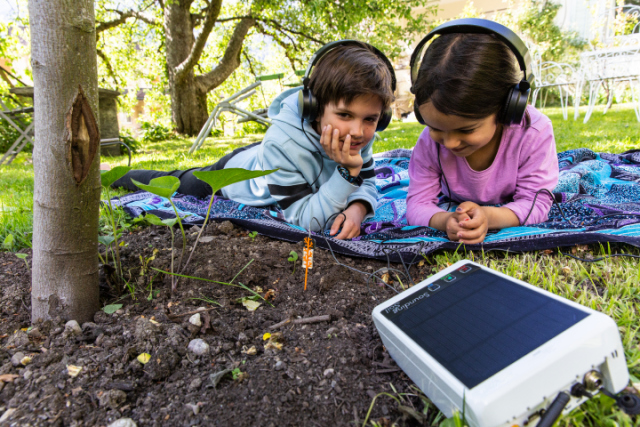
“Peer-reviewed research article” stands out at the top of the scientific publication platform. This means that other scientists have reviewed the article and found it to be valid. In March 2022, leading eco-acoustician and researcher Marcus Maeder and his co-authors Xianda Guo, Felix Neff, Doris Schneider Mathis and Martin M. Gossner published an article that proves that diversity in the soil can be measured acoustically.
The interdisciplinary masterpiece opens a completely new possibility for studying soil health: eavesdropping on soil animals underground in real time to listen to their acoustic activity.
Climate change causes soil animals to retreat
The diversity of sounds indicates how the soil is doing. The scientific research also shows that land use and the season change the soil’s microclimate, which in turn has an impact on the number, diversity and activity of soil organisms.
For example, the activity and diversity of local fauna increases when the soil warms in the morning. Winter is quiet, though, as the animals retreat to deeper layers or go into hibernation. But there is also a threshold for warmth: although warm temperatures have a stimulating effect, hot weather is like winter in that the soil becomes quieter or even silent. Maeder et al. assume that soil organisms burrow into deeper soil layers to protect themselves from hot weather, as they do for cold. This has consequences for soil fertility and thus food production: organisms no longer help process nutrients in the top layer of soil, the humus.
The soil beneath our feet lives and sounds!
At Sounding Soil you can listen to the concert of life in the soil.
Listening to the diversity
Chomping, hunting, building – you can hear the activities of soil animals with the Sounding Soil microphone. The sound installation is worth a visit. You will feel like you are underground as you marvel at the diverse soundscape. The installation is at the Burgrain Agricultural Museum in Alberswil, LU, until mid-August 2022.
Our portable listening stations (scroll down on the sounding soil webpage) can be hired for events. The handy, mobile wooden boxes are equipped with headphones and play five different soil recordings.
